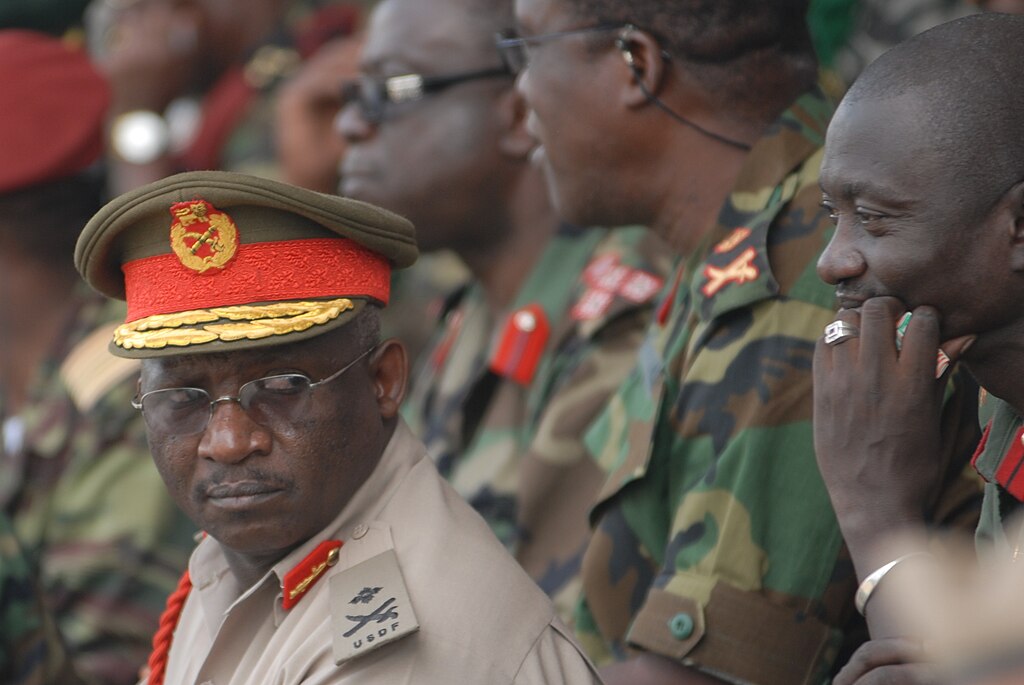“The gender gap in STEM is partly born from a gap between confidence and capability,” said Dr Precious Moloi-Motsepe, CEO of the Motsepe Foundation , at a recent HSRC webinar ‘Women’s equality in the era of artificial intelligence’.
The Motsepe Foundation awards bursaries and tertiary academic funding to young people, women and marginalised groups across Africa. Moloi-Motsepe, who is also the chancellor of the University of Cape Town and the executive chairman of African Fashion International, said that the foundation had piloted a programme to award more bursaries to students who wished to pursue careers in STEM (science, technology, engineering and mathematics). However, the initial uptake was low, and most of the applicants were male.
So, in 2017, the foundation launched a Girls in STEM programme to develop girls’ confidence in STEM subjects at the high-school level. “[W]e have targeted girls and our teachers at 64 schools thus far … engaging them with the wonders of science through experiments and innovation,” she said. Today, this programme awards the majority of STEM university bursaries to qualifying women.
“It’s about socialisation and it’s also about inspiration,” Moloi-Motsepe said, adding that girls needed to see more female scientists, engineers and mathematicians. Other speakers observed that, historically, women’s technological achievements have been under-acknowledged. For example, before computer programming became a high-status occupation, some of the major coding pioneers were women.
Professor Allison Stanger, a behavioral sciences fellow at Stanford University in California, recalled how she had not considered herself good at mathematics as a student. When a mentor recognised her numerical abilities and suggested she pursue mathematics in college, she responded, ‘Well, what can you do with a major in math?’ Her teacher’s response: “If you’re a woman who can do math, you can do anything.”
What’s at stake?
Between 2020 and 2021, female unemployment in South Africa rose from 24.8% to 36.8%, according to the quarterly employment figures released by Statistics South Africa. For men, these figures were 22.1%–32.4%. (Note that this definition of unemployment does not include discouraged workers who are not actively looking for work.)
COVID-19 highlighted the precariousness of women’s employment in South Africa. The Global Gender Gap Report 2021 showed that South Africa, while close to achieving gender parity in health and education, ranked 90th in the world for women’s economic participation and opportunity, Moloi-Motsepe said.
As the world becomes increasingly technologically advanced, women will be increasingly disadvantaged in the workforce if they continue to be under-represented in the technological fields. Already, because women are more likely to do routine work, they are more at risk for losing their jobs to automation, said Dr Mpho Tshivhase of the University of Pretoria. “The International Monetary Fund recently reported that in comparison to men 11% more women have lost their jobs to machines.”
Artificial intelligence is not value-neutral: machine learning processes and reflects the biases in real-world data, pointed out Professor Vasu Reddy of the University of Pretoria and other speakers. From a dataset of images related to people’s occupations, an algorithm might learn that programmers are white men, for example.
“We’re not only dealing with a kind of a technological issue here,” said Professor Heidi Van Rooyen, group executive of the HSRC’s Impact Centre. “we’re dealing with a broader kind of structural and social issue.” We need to hold the makers of AI responsible, and we need to include more voices – including women’s voices – in its design and creation.
The gender gap also prevents women from becoming activists around issues like climate change and inequality. Dr Marya Mtshali of Harvard University noted that women have been instrumental in leading movements, from protesting pass laws in South Africa in 1956, to leading today’s digital protests like #blacklivesmatter and #amInext. As the digital sphere and AI increasingly shape the world we live in, the contribution of women and other marginalised groups are critical for social justice and for expanding possible futures.

AI in Africa
Getting more girls into the STEM pipeline is an important step toward gender equality; however, in addition, closing the gender gap will take action at the policy level, Moloi-Motsepe said. The tech industry needs to employ gender-sensitive policies, as implicit biases place even qualified women at a disadvantage when it comes to employment and management decisions.
The cost of data is a major hurdle to even entering the digital sphere. Additionally, women’s digital financial inclusion – access to banking and other financial services – remains low in Southern Africa, said Dr Tinuade Adekunbi Ojo of the University of Johannesburg. On first glance, statistics suggest that South Africa bucks this trend – however, in reality, this just reflects the fact that many women use SASSA (South African Social Security Agency) cards to collect their grants at month end. “[Women] do not actually have enough to save, and invest in and assess the different financial products that are available for them.”
“The tech needs of our continent of Africa are different from those of Europe, and different between African women and men,” Moloi-Motsepe. “And being actively and strategically involved in the tech space helps us avoid the socially wasteful mis-direction of resources and entrepreneurial energy.”
South Africa’s living labs are some examples of innovation models that partner with communities to innovate in response to local challenges. The Siyakhula Living Lab digital platform, TeleWeaver, for example, enabled informal traders to digitally market traditional Xhosa crafts and tourism services.
Van Rooyen emphasised the need for technological upskilling programmes to consider the lived realities of women, for example the time constraints of rural women who are primary carers. “We need to be engaging with women from the ground up,” she said.
Author: Andrea Teagle, science writer in the HSRC’s Impact Centre
ateagle@hsrc.ac.za
Watch the recordings of the webinar online.


